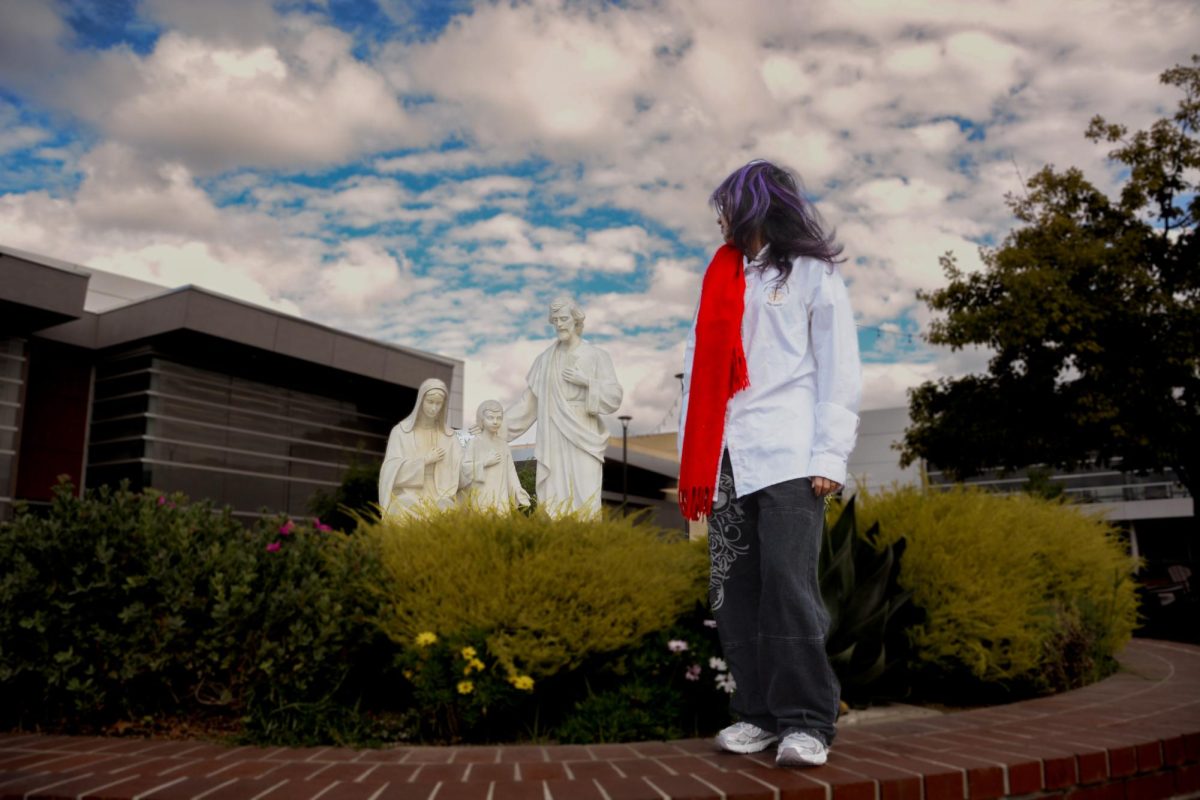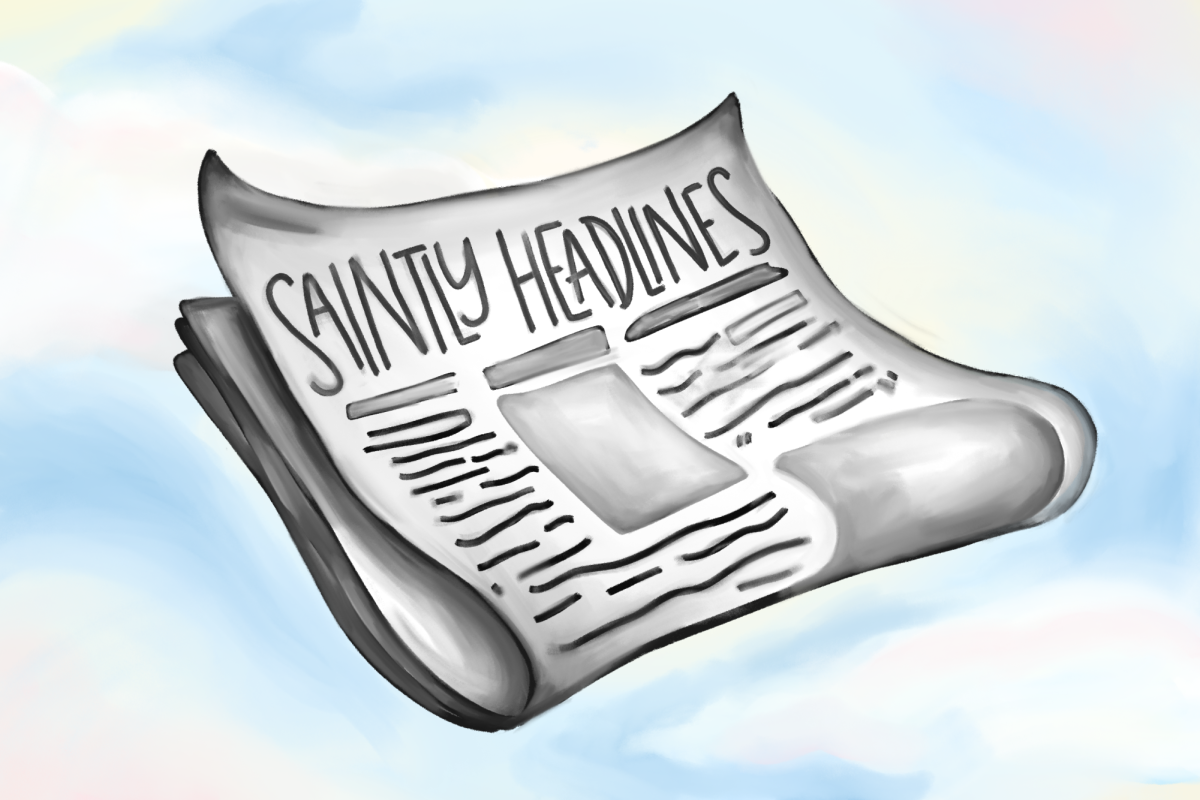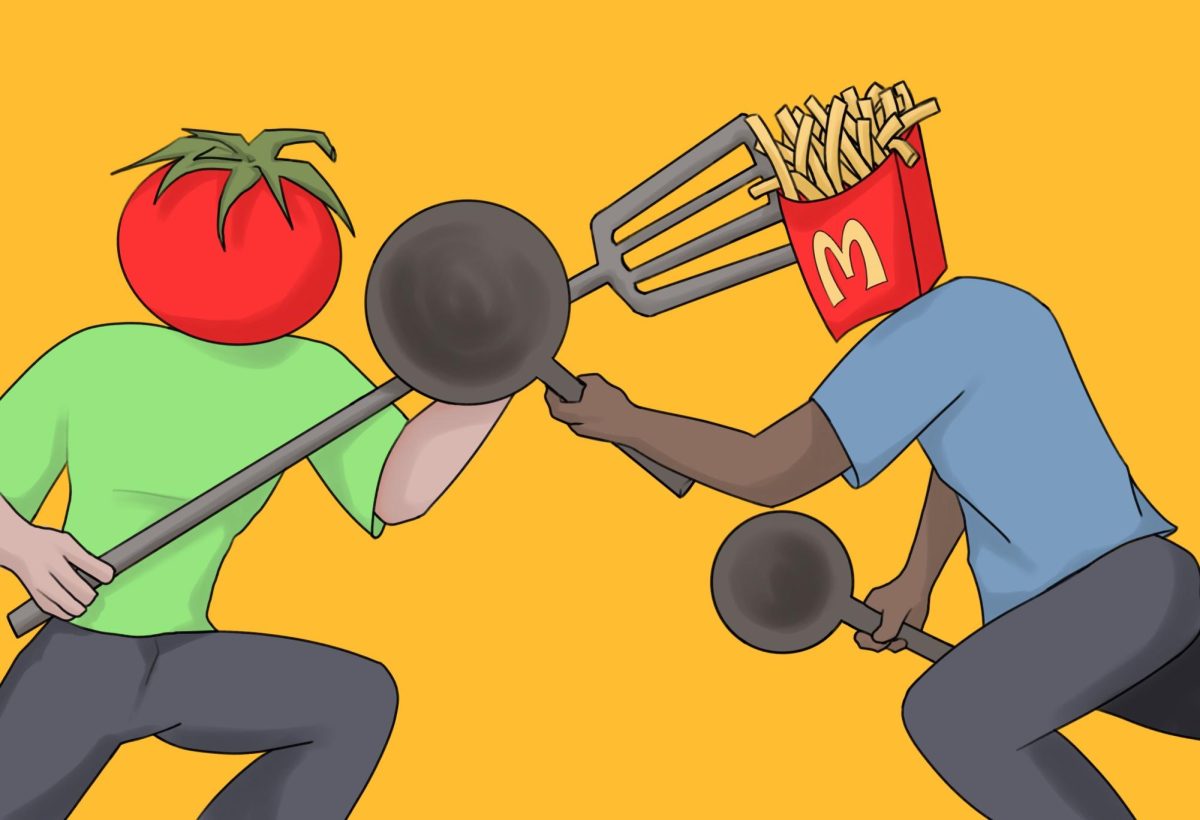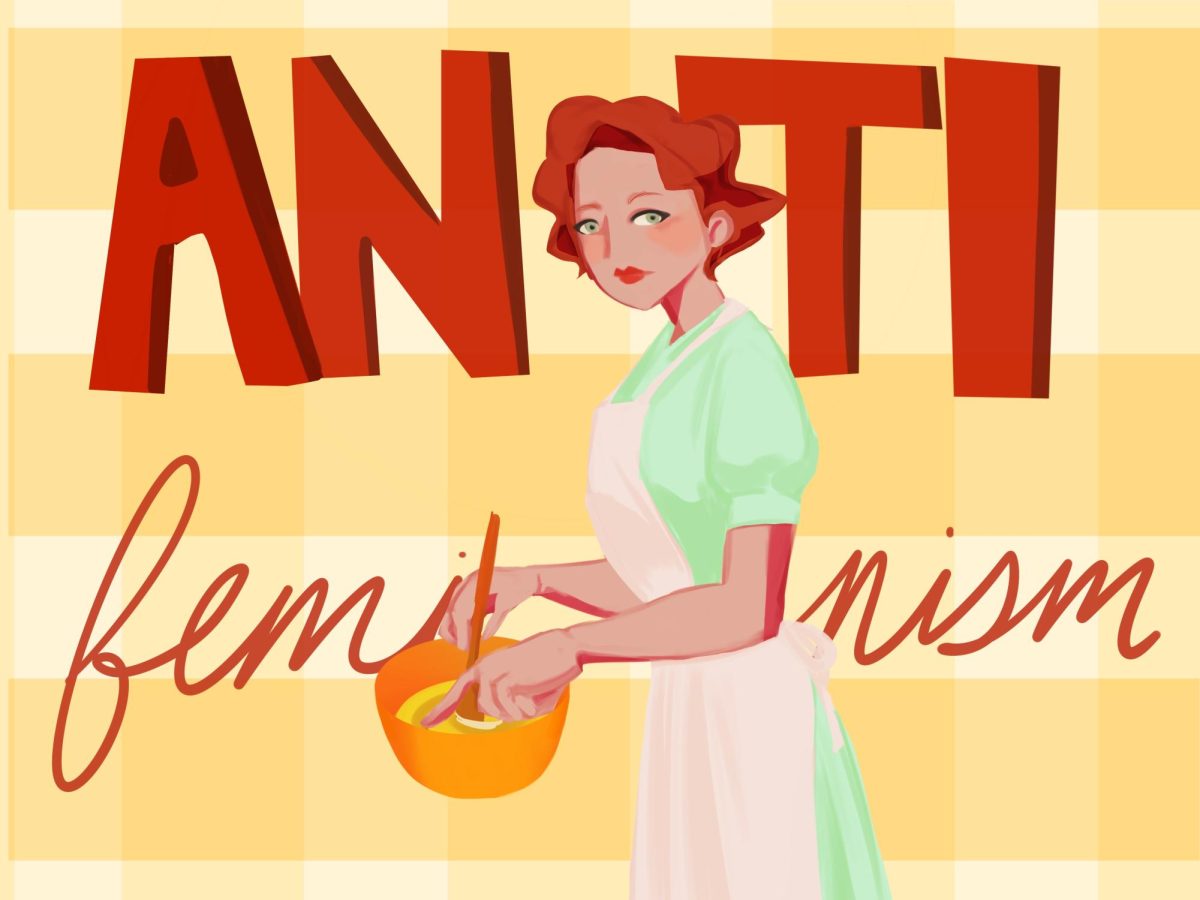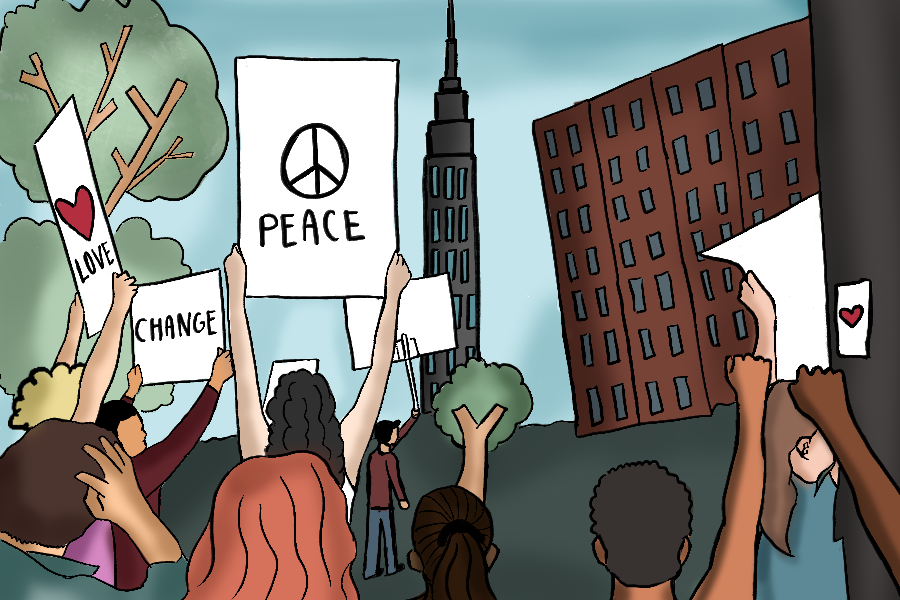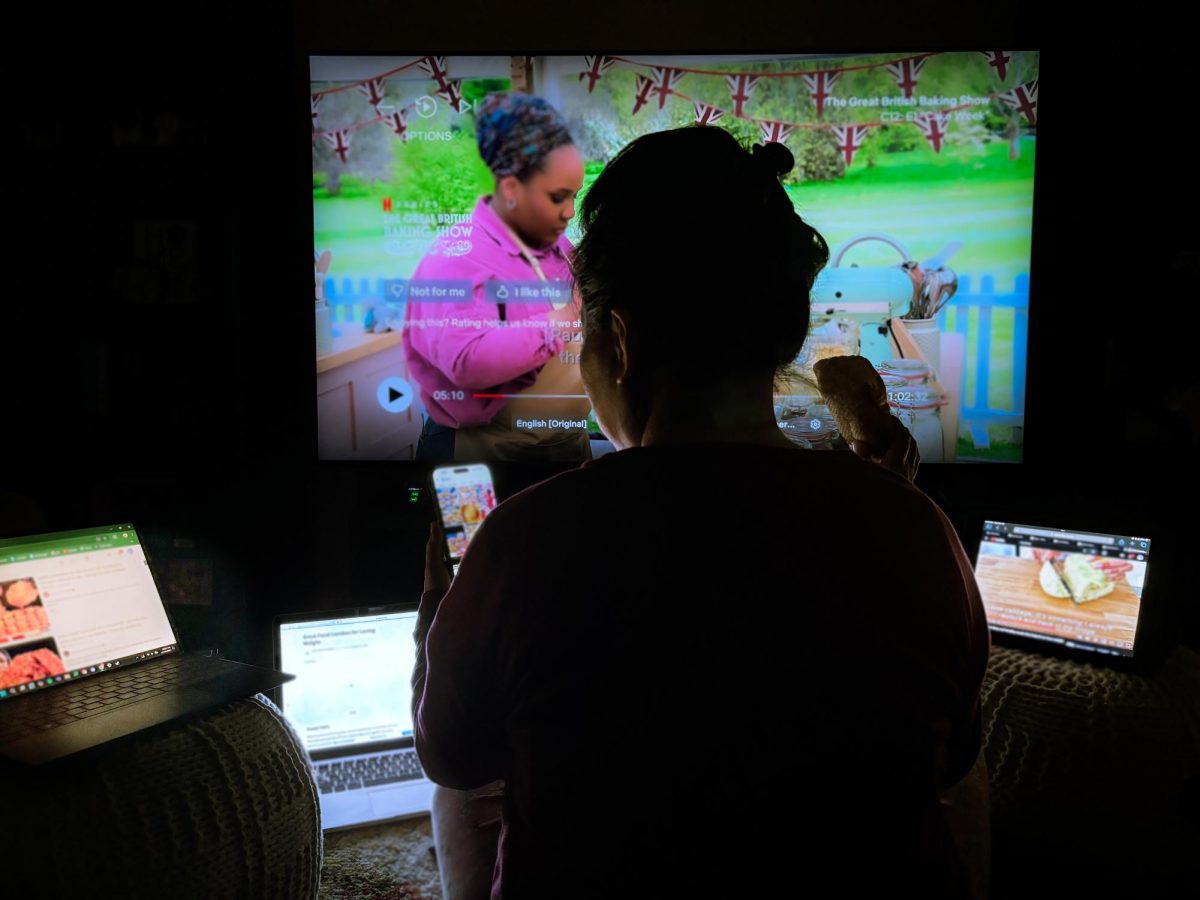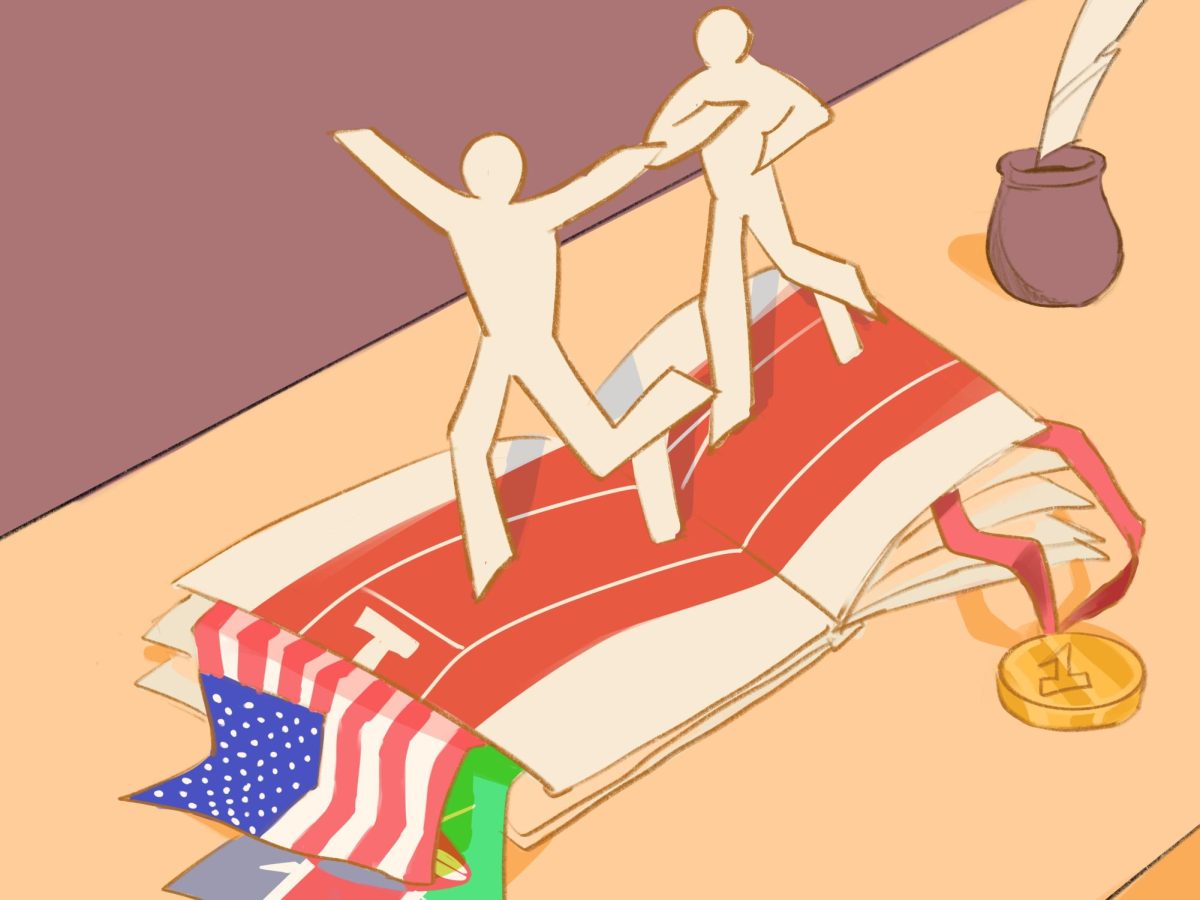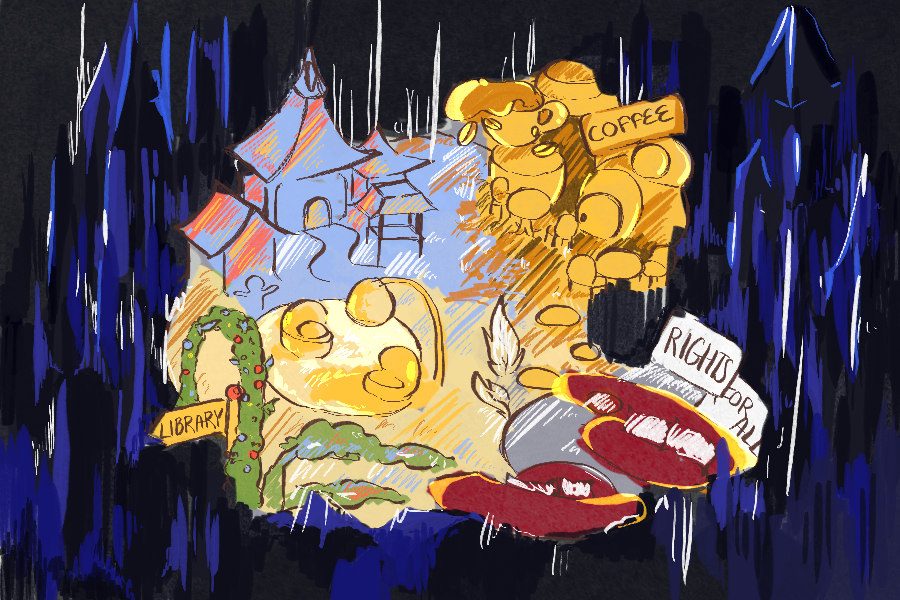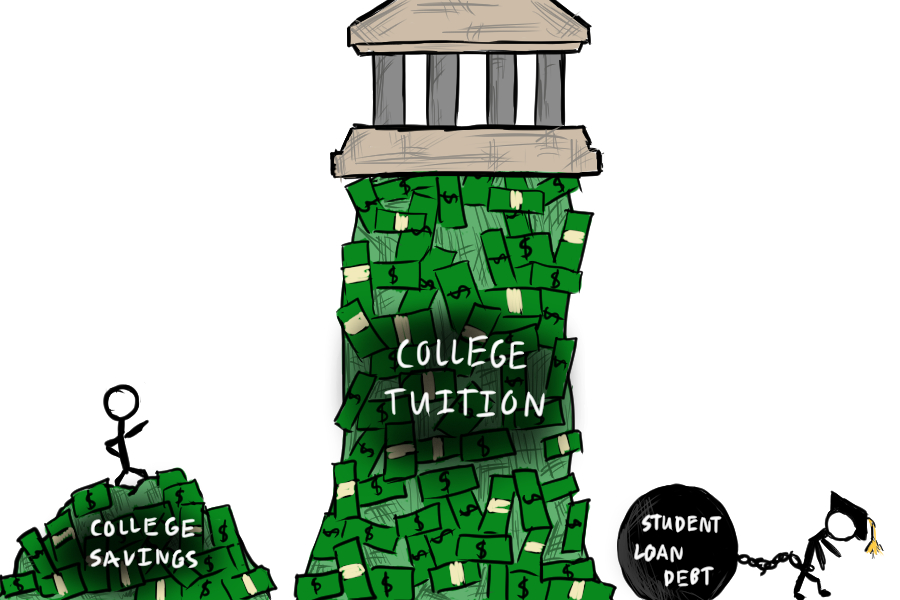There is no ethical billionaire (or multimillionaire or trillionaire). Like hamsters on a wheel, American elites are constantly sprinting at full speed to the next dollar bill, blissfully unaware of the burning world around them. While this addiction to money is often only associated with corporate giants, it applies to every major industry—especially media.
Media giants (whether newspapers, recording studios, or television studios) feed off of engagement, and they go to great lengths to keep the American public hypnotized by their work.
For example, Fox Studios knew they had a hit on their hands after creating The Simpsons, the first widely known adult cartoon; similarly, CBS celebrated 9.5 million viewers on The Big Bang Theory’s pilot episode. Dedicated to keeping viewership high, scriptwriters tapped into their comedy skills in order to keep people watching, but it was blatantly obvious from the beginning which characters would be the butt of the joke. Screenwriters for The Simpsons combined multiple stereotypes into the character Apu Nahasapeemapetilon, the first of which can be seen through the mockery of longer South Asian family names. He simultaneously held a PhD in computer science while running a convenience store, and the character was even voiced by a white man who feigned a thick Indian accent. Raj from The Big Bang Theory coincidentally also has a PhD, and his main character trait is his geeky inability to talk to women. His over-involved family also plays into a common South Asian stereotype that families struggle to set their children free. As innocent as these stereotypes may seem, the underlying meanings continue to form internal biases in audiences, but more significantly, they beg the question: why did studios feel so comfortable making a profit at the expense of blatant discrimination?
Shockingly, we can turn to capitalism to explain! Capitalism by definition provides a rigid class structure, one that is complexly intertwined with race in the United States. From before the birth of this republic, race was used as a distinguishing factor to give one group power and strip the other of its dignity. As a concrete manifestation of this power imbalance, race plays a core role in class structures. With people of color systemically categorized as inferior to white people, the latter group is given this false sense of superiority which is only reinforced with capitalism’s disproportionate distribution of wealth. Concrete economic and social power embeds this complex, making it socially acceptable for minorities to be consistently disrespected in the grand scheme of gaining a profit.
As white producers crafted scripts for these shows, they most likely felt indifferent to their little “jokes” toward South Asians, but this attitude itself demonstrates the unwillingness to move toward social equity. As long as television studios must feed off of viewer engagement, they feel obligated to play into harmful stereotypes. People consume news and media in large volumes daily with how accessible technology has become, yet this increasing pace fails to provide consumers with the opportunity to reflect on what they are viewing. When inaccurate stereotypes are placed in media, it further perpetuates these manipulative standards. Stories and narratives written by white people in boardrooms infiltrate the lives of minorities; the writers of The Simpsons couldn’t even decide which stereotype to fit Apu into—should he be the overachieving model minority or the poor Indian man running a convenience store? These generalizations erase the stories of anyone who does not fit these broad definitions, rendering their stories obsolete.
The beauty of media is the freedom it provides journalists, directors, scriptwriters, and any creative minds, but the encroaching presence of money has ruined the unique aspect to it. Rather than sharing their own original stories, writers turn toward common stereotypes guaranteed to gain engagement. As consumers, we must begin by first recognizing when the media focuses on harmful generalizations, rather than taking them at face value. Informing media conglomerates that these stereotypes, often placed for comedic relief, are racist ensures that they know consumers will not tolerate this discrimination any longer.



